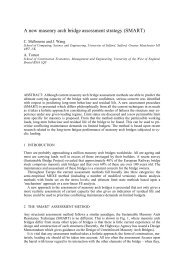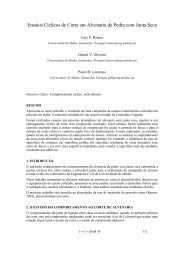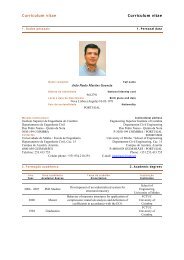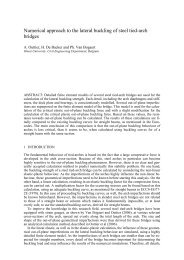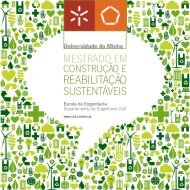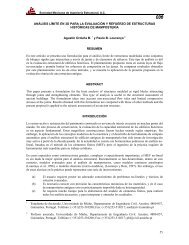Fátima Maria Gomes Jardim - Universidade do Minho
Fátima Maria Gomes Jardim - Universidade do Minho
Fátima Maria Gomes Jardim - Universidade do Minho
You also want an ePaper? Increase the reach of your titles
YUMPU automatically turns print PDFs into web optimized ePapers that Google loves.
Proposal for Rehabilitation Building Energy Housing<br />
Abstract<br />
The waste of energy is one of the factors of greatest impact on the environmental imbalance<br />
that the planet is facing. Currently, in Portugal the buildings’sector consumes approximately 31%<br />
of the final energy used in the country, standing as the most important sector, immediately after<br />
transportation. Of this amount the household is responsible for about 18% of the consumption,<br />
contributing significantly to the emission of greenhouse gases. The energy consumption depends<br />
on many variables, but we can say that the principal component results from the everyday use of<br />
the buildings. Overall, the consumption comes from two conditions: intensive installations (heating<br />
and cooling, lighting, equipment, etc.) and an extremely dissipative behavior of the buildings<br />
(buildings without insulation or without thermal inertia).<br />
The housing Portuguese currently outstrips the 5.5 million dwellings, so the potential savings<br />
in this sector is very significant. This work was the study of energy rehabilitation of existing<br />
buildings by reducing energy consumption through measures to enhance the thermal<br />
environment. In fact although there is no requirement for owners to carry out works, with a view to<br />
improving the energy performance, this work demonstrates that there are objective advantages<br />
that can make that decision quite favorable. One of the arguments will be the most decisive<br />
evidence that the initial investment is recovered over a relatively short time, considering the<br />
lifespan of buildings.<br />
To understand the importance of rehabilitation energy two case studies were used as<br />
representative of current construction, housing, practiced in Portugal in recent decades. The<br />
metho<strong>do</strong>logy addresses the work of characterization of the energy performance of existing and<br />
accurate diagnosis of the deficiencies presented by proposing solutions for thermal rehabilitation<br />
and energy, knowing if they reduce energy consumption to the point of becoming economically<br />
and environmentally sustainable. A<strong>do</strong>pted the metho<strong>do</strong>logy used in the current simplified RCCTE.<br />
We considered variations of reinforcement and insulation thickness to perform simulations at<br />
fractions considered more demanding. Thus, it is possible to investigate the interdependence of<br />
various parameters and establish benchmarks. The results showed that through the<br />
implementation of rehabilitation measures, we can achieve remarkable savings of energy<br />
consumed for heating. The study notes that investment in upgrading energy efficiency building<br />
should be <strong>do</strong>ne case by case basis, through a rigorous assessment of energy consumption of<br />
each fraction. Finally we developed a financial model that provides the weather forecast for return<br />
on investment, along with analysis of the benefit cost ratio to realize the return on investment<br />
compared to the total savings in energy consumption.<br />
Keywords: Efficiency, Rehabilitation, Thermal, Sustainability<br />
vii



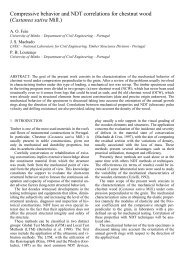
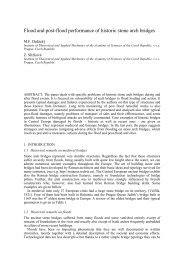
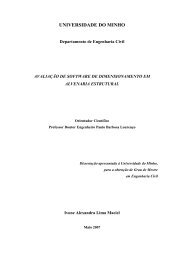
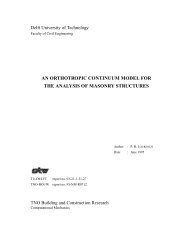

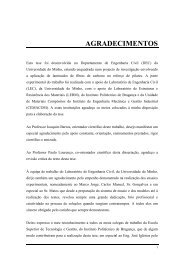

![Weibull [Compatibility Mode]](https://img.yumpu.com/48296360/1/190x134/weibull-compatibility-mode.jpg?quality=85)

